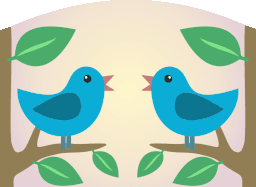Time for another species highlight! These guys are tiny, but they have more than enough cuteness to deserve a spot in this week's SMAP.
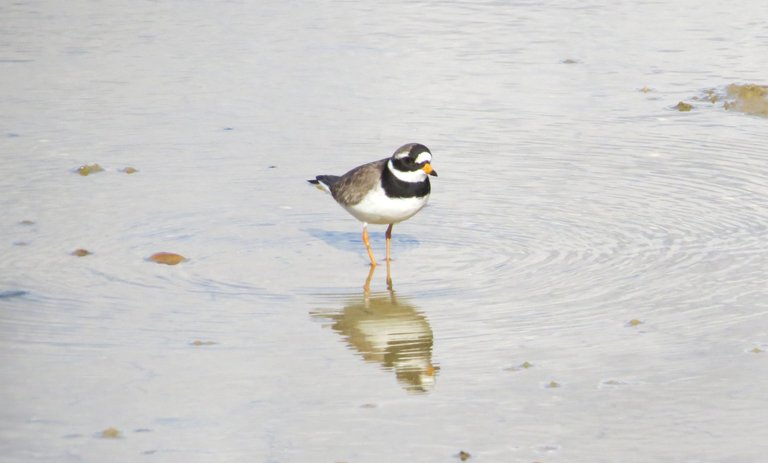
Plovers are shorebirds, and it's very likely that you already have seen one if you walk along rivers or lagoons, or even near seashore - everywhere near water! But since they're small, and can be in mixed groups with other shorebird species, they can go unnoticed to the casual walker-by, especially from far away.
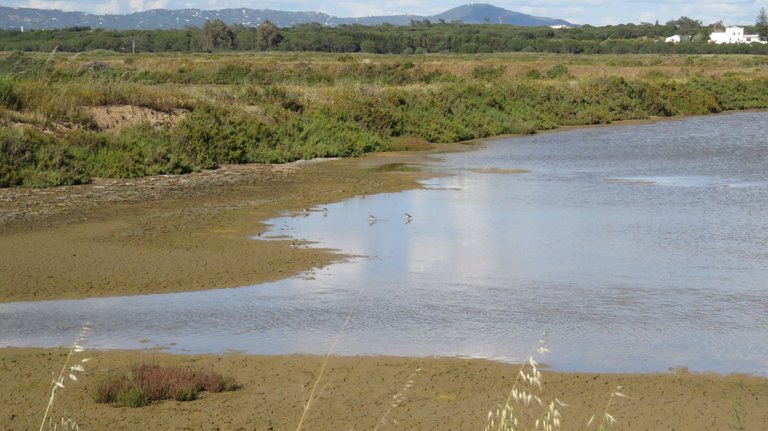
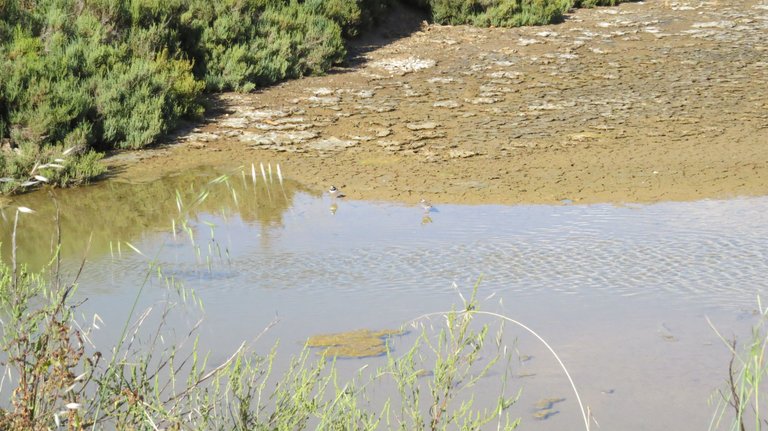
But as soon as you know how they look like, there's no mistake again!
We have three different plover species here in Portugal, and the only possible confusion is with the little ringed plover. How to tell them apart? Our common plover has an orange beak with a black tip (the other one has a full black beak), and orange legs (the little one has pinkish-brown ones)
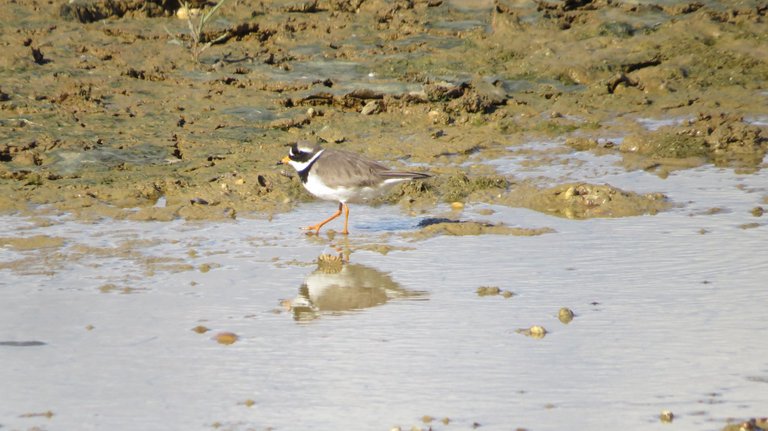
The little ringed plover also has a yellow eye-ring, that this one clearly doesn't have. So there you go, three quick ways to tell them apart!
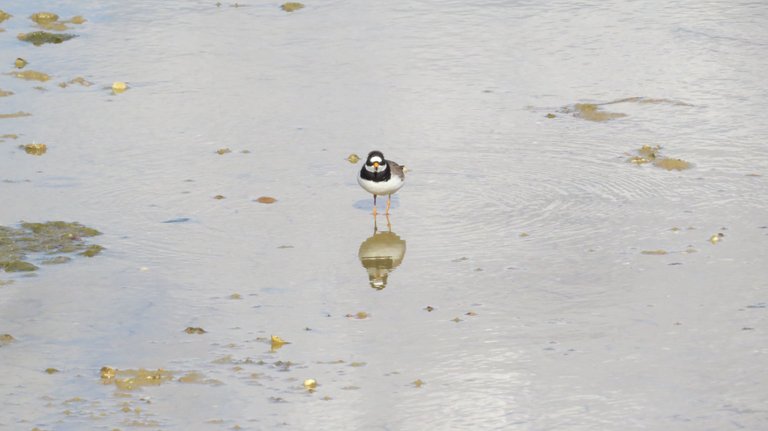
As for the other plover, the kentish plover, the easiest way to differentiate is that it doesn't have the full black chest bar, just two black/brown spots on each side, very easy to see.
How about males and females? Females have less black in the markings (as well as juveniles), look at the difference here:
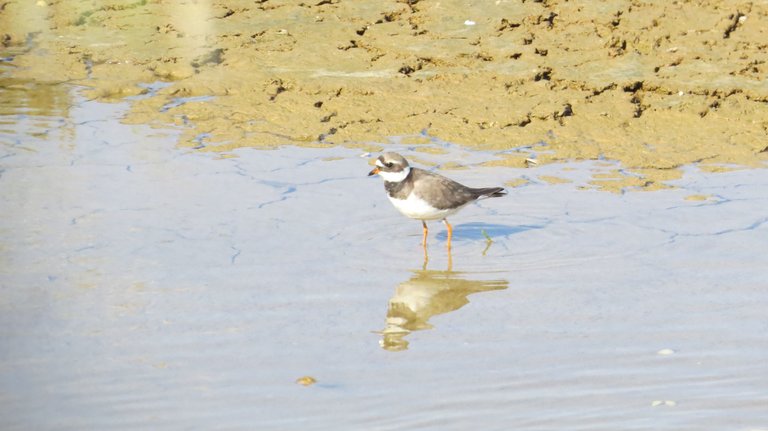
These photos were taken just after the breeding season, so not completely sure if this was a female or a juvenile... but it's easy to see the difference in contrast with the adult males.
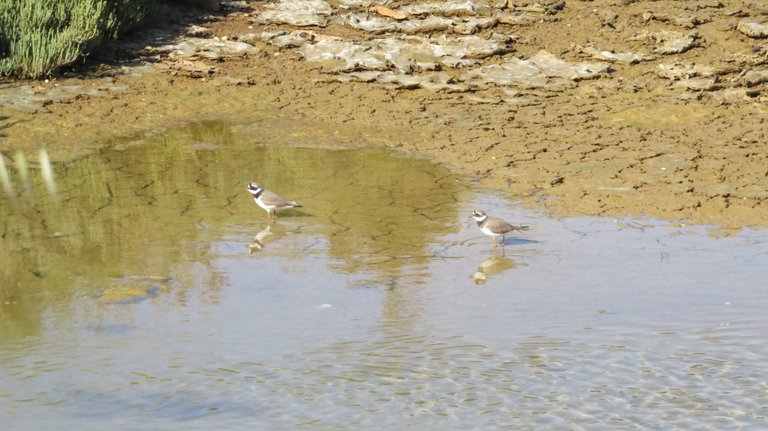
It's as common to see them alone as in pairs or small groups; most of the time, I see more than one together, usually groups searching for food, like the gang below.
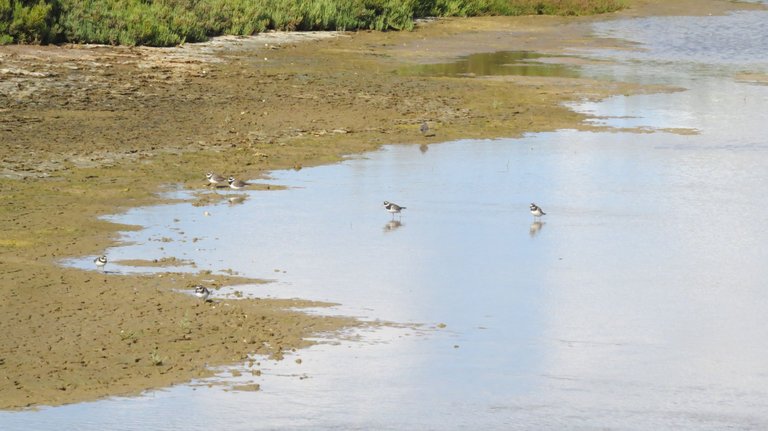
And as I already mention, it's also fairly common to see them in close proximity with other shorebirds; after all, in these habitats there's plenty of food for everyone!
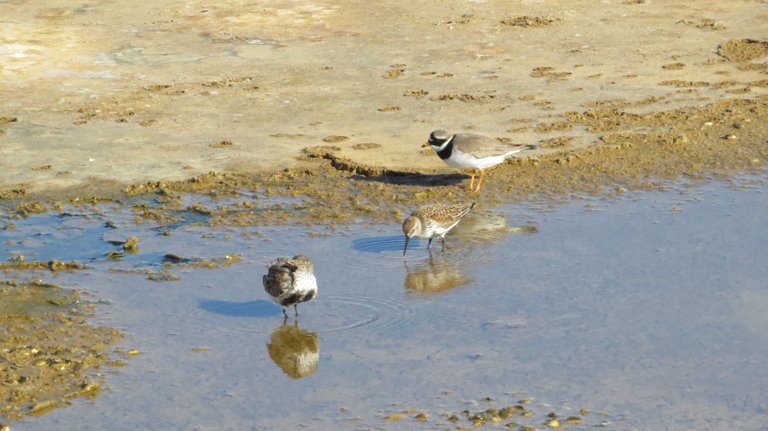
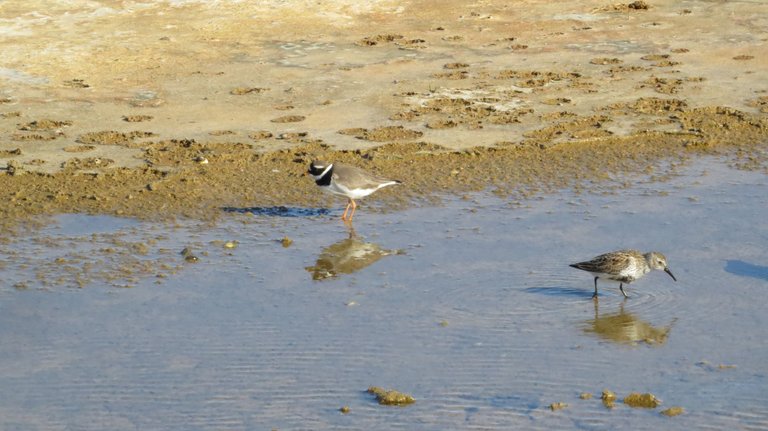
Shorebirds can be hard to identify, even for the ones used to birdwatching: there are lots of similar patterns, usually a mix of browns, black and white. That's why plovers are some of my favourite ones, they're as easy to identify as it gets!
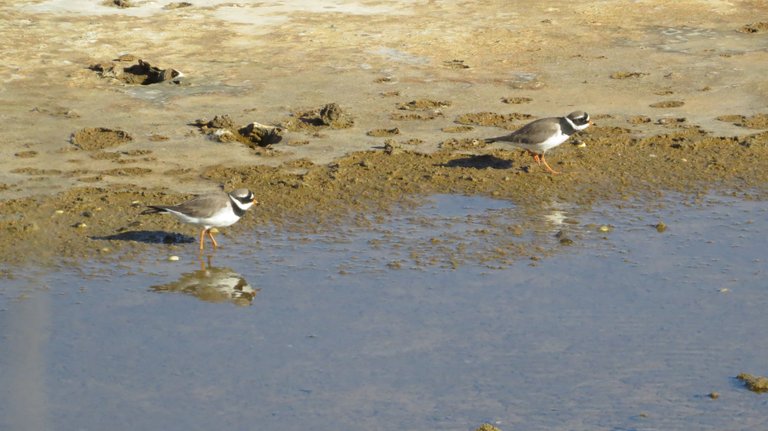
And hopefully, after this post... you'll be able to identify them too! ;)
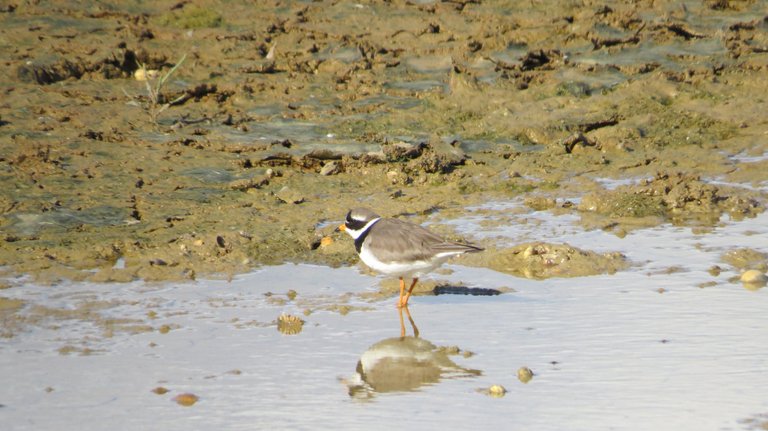


Still haven't joined Splinterlands? In what planet do you live in? Click the banner below and join the fun! (It has my referral link; you can go directly to the website if you don't want to use it; either way... join in! 😎 )

